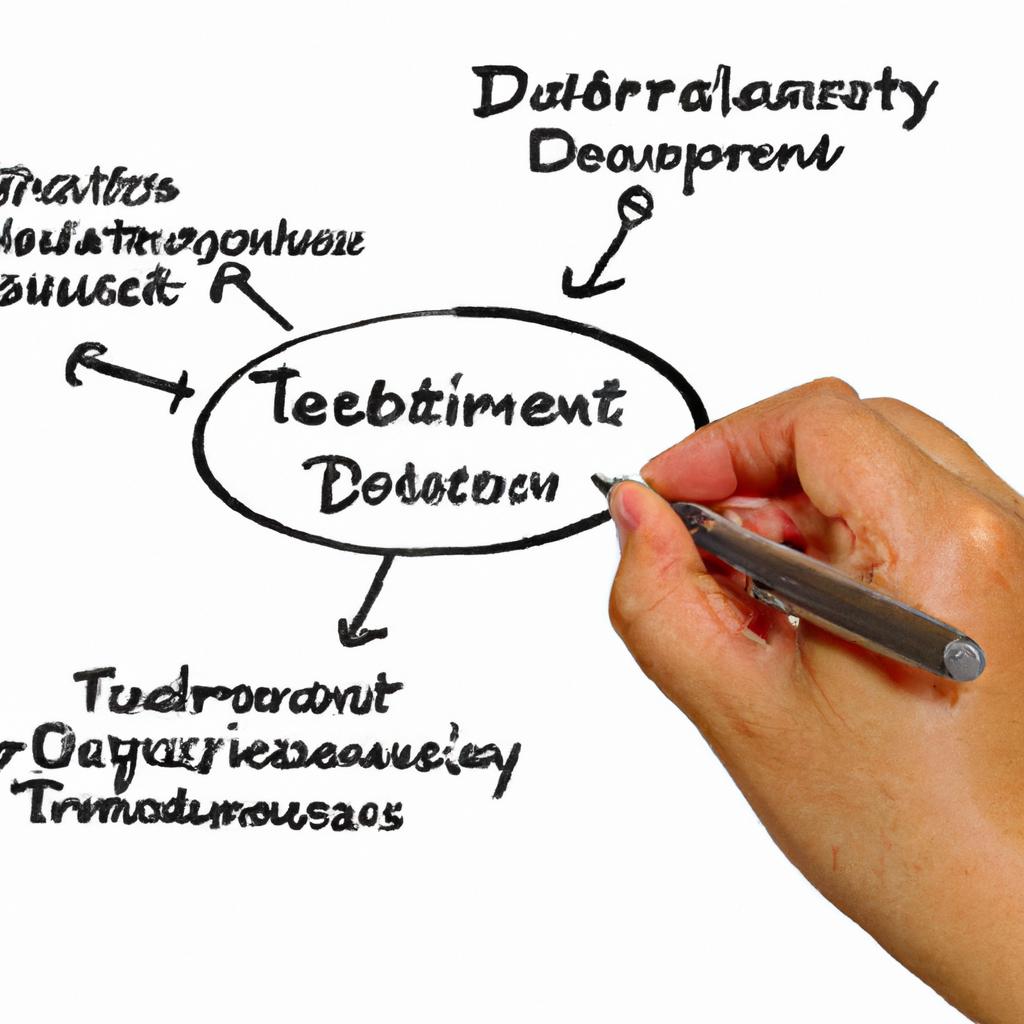In the intricate landscape of trust law, the identification and categorization of beneficiaries play a crucial role in structuring the distribution of assets and wealth. From contingent beneficiaries to charitable beneficiaries, the diverse types of trust beneficiaries encompass a spectrum as vast as the beneficiaries themselves. Understanding the nuances and intricacies of each type is paramount in ensuring the seamless and effective implementation of a trust. Join us as we delve into the realm of trust beneficiaries, dissecting the various classifications with precision and clarity. As seasoned practitioners in estate planning and trust law at Morgan Legal Group based in New York City, we bring expertise and insight to this complex subject matter.
Identifying Primary Trust Beneficiaries
When it comes to , it is crucial to understand the different types of beneficiaries that can be named in a trust. Knowing who these beneficiaries are can help ensure that your assets are distributed according to your wishes. The primary types of trust beneficiaries include:
- Income Beneficiaries: These beneficiaries are entitled to receive income generated by the trust assets, such as interest, dividends, or rental income.
- Principal Beneficiaries: Also known as remainder beneficiaries, these individuals are entitled to receive the remaining trust assets after the income beneficiaries have received their shares.
- Contingent Beneficiaries: These beneficiaries only receive assets if certain conditions are met, such as the death of the primary beneficiaries without any surviving children.
It is essential to carefully consider the needs and circumstances of each type of beneficiary when creating a trust. Consulting with an experienced estate planning attorney like Morgan Legal Group in New York City can help you navigate the complexities of trust planning and ensure that your wishes are carried out effectively.

Understanding Contingent Trust Beneficiaries
When setting up a trust, it is important to understand the different types of beneficiaries that may be named. One such type is contingent trust beneficiaries. These beneficiaries only receive assets from the trust under specific circumstances, such as the death of another beneficiary or the occurrence of a certain event. It is crucial to carefully consider and clearly define the conditions under which contingent beneficiaries will receive assets to ensure the trust operates as intended.
There are various types of contingent trust beneficiaries, including:
- Secondary Beneficiaries: These beneficiaries receive assets if the primary beneficiary is unable to do so.
- Successor Beneficiaries: These beneficiaries receive assets if the primary beneficiary passes away.
- Charitable Beneficiaries: These beneficiaries receive assets if certain conditions, such as a specific timeframe passing, are met.
| Type of Contingent Trust Beneficiary | Description |
|---|---|
| Successor Beneficiaries | Receive assets if the primary beneficiary passes away. |
| Charitable Beneficiaries | Receive assets if certain conditions are met. |

Exploring Discretionary Trust Beneficiaries
In a discretionary trust, the trustee has the authority to decide which beneficiaries will receive distributions from the trust and how much they will receive. There are several types of beneficiaries that may be included in a discretionary trust:
- Primary Beneficiaries: These are the main beneficiaries designated in the trust who are typically family members or loved ones of the grantor.
- Contingent Beneficiaries: These beneficiaries will only receive distributions from the trust if certain conditions are met, such as the primary beneficiaries passing away.
- Charitable Beneficiaries: These beneficiaries are charities or non-profit organizations that are designated to receive distributions from the trust.
- Discretionary Beneficiaries: These beneficiaries are specifically named in the trust as potential recipients of distributions at the trustee’s discretion.
| Beneficiary Type | Description |
|---|---|
| Primary Beneficiaries | Main beneficiaries designated in the trust |
| Contingent Beneficiaries | Beneficiaries who will only receive distributions if certain conditions are met |
It is essential to carefully consider the selection of beneficiaries when establishing a discretionary trust to ensure that your wishes are carried out effectively. By working with an experienced attorney, such as Morgan Legal Group, you can create a trust that aligns with your goals and provides for your loved ones in the best way possible.

Maximizing Benefits for Named Trust Beneficiaries
When it comes to trust beneficiaries, it’s important to understand the different types that may be named in a trust. Each type of beneficiary has unique rights and benefits that should be maximized to ensure their best interests are protected. Here are some common types of trust beneficiaries:
- Primary Beneficiaries: These are the main beneficiaries designated to receive the trust assets. They are typically individuals such as family members or loved ones.
- Contingent Beneficiaries: These beneficiaries only receive trust assets if certain conditions are met, such as the primary beneficiary passing away before the trust is distributed.
- Remainder Beneficiaries: These beneficiaries receive any remaining trust assets after the primary and contingent beneficiaries have received their distributions.
| Type of Beneficiary | Definition |
|---|---|
| Primary Beneficiaries | Main beneficiaries designated to receive the trust assets. |
| Contingent Beneficiaries | Beneficiaries who only receive trust assets under certain conditions. |
| Remainder Beneficiaries | Beneficiaries who receive remaining trust assets after primary and contingent beneficiaries. |
By understanding the different types of trust beneficiaries, trustees can effectively manage trust assets to ensure that each beneficiary receives their designated benefits. Working with a qualified estate planning attorney can help trustees navigate the complexities of trust administration and ensure that the best interests of all beneficiaries are protected.
Q&A
Q: What are the different types of trust beneficiaries?
A: There are three main types of trust beneficiaries: primary beneficiaries, contingent beneficiaries, and discretionary beneficiaries.
Q: Who are primary beneficiaries?
A: Primary beneficiaries are the individuals or entities who are specifically named in the trust document to receive the trust assets.
Q: Who are contingent beneficiaries?
A: Contingent beneficiaries are the individuals or entities who will inherit the trust assets if the primary beneficiaries are unable to do so.
Q: What are discretionary beneficiaries?
A: Discretionary beneficiaries are individuals or entities who may receive trust assets at the discretion of the trustee, typically based on certain conditions or circumstances.
Q: Can a beneficiary be classified into more than one category?
A: Yes, it is possible for a beneficiary to fall into more than one category, depending on the terms of the trust and their relationship to the trustor.
Q: How do the different types of beneficiaries impact the trust administration process?
A: The types of beneficiaries can impact how trust assets are distributed, when distributions are made, and how much control the trustee has over the distribution of assets. It is important for trustors to clearly define and understand the roles of each type of beneficiary in order to ensure their wishes are carried out effectively.
Closing Remarks
In conclusion, understanding the different types of trust beneficiaries is crucial for anyone involved in estate planning or managing trusts. From primary beneficiaries to contingent beneficiaries and remainder beneficiaries, each plays a unique role in the trust structure. By recognizing and defining the roles of these beneficiaries, trustees can ensure that the trust functions smoothly and that the assets are distributed in accordance with the grantor’s wishes. Trust beneficiaries hold the key to the successful execution of trusts, making it essential to consider their roles carefully when establishing a trust.

